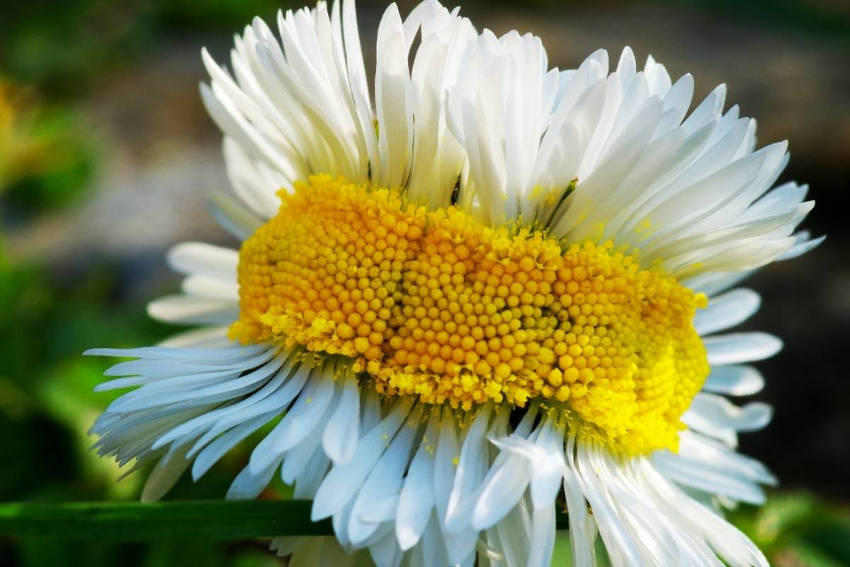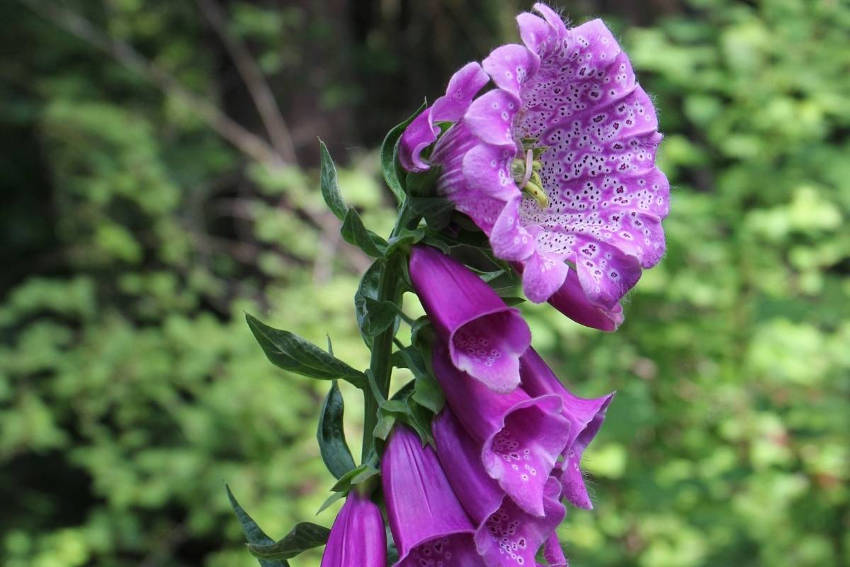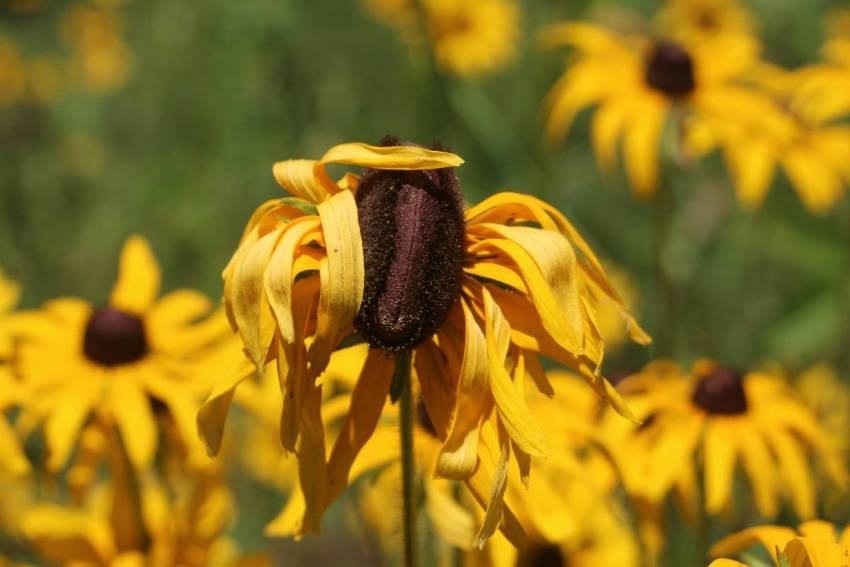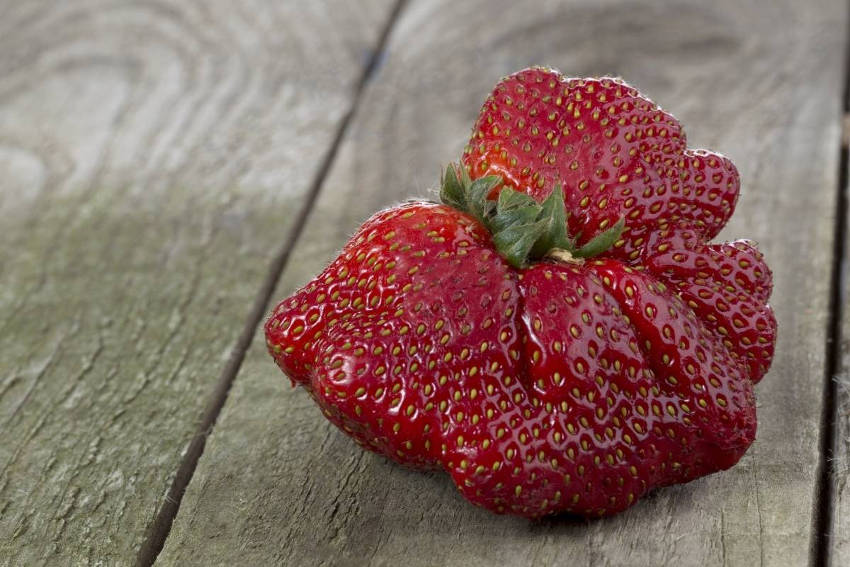Gardening can be an unpredictable business, and even the most experienced growers can be surprised from time to time at what turns up in their flowerbeds.
One event which usually causes confusion when it's first encountered is a plant suddenly starting to grow in a new and unusual way, with thicker stems, multiple flowers, or other features not normally seen in that species.
Most often, this novelty is because of a process known as fasciation, and it's a mostly random occurrence which is nothing to worry about, even if it's a little startling the first time it happens.
What Is Fasciation?
Fasciation is a genetic mutation of a plant's growing tip, and it can visibly affect the stem, flowers, or fruits. It often leads to multiple extra flowers being produced on the affected stems, typically with many secondary blooms surrounding the normal, expected one. The flowers themselves may be flattened or elongated, crushed together, or otherwise misshapen in ways which may or may not be interesting or appealing to the eye.
Sometimes, the effects can be obvious, creating grossly oversized stems and flowers with a weirdly grotesque look. The closer to the ground that fasciation happens, the more exaggerated its effects tend to be.
But sometimes the results are much less dramatic. The growing shoots can be flattened, splayed apart, or may seem to be made up of several stems fused into one. The flowers may be subtly malformed rather than hugely so, and may stay single rather than producing abnormal bunches or sprays.
What Causes Fasciation?
While the effects of fasciation result from a genetic mutation which is often entirely random, there are also some underlying causes which can prompt the changes in susceptible plants. Although the science isn't fully known, it's thought that certain outside factors can cause a hormone imbalance in the plant, which in turn can lead to the physical appearance of the disorder.
Physical damage to the plants from insects or other animals, chemicals, frost, or careless gardeners can traumatise the plant into fasciation. Viral, bacterial, or fungal infections can leave the plant vulnerable, particularly after infection with the bacterium Rhodococcus fascians.
Nutritional issues are thought to play a triggering role in some fasciation cases, especially if there's a lack of zinc available in the soil for the plant to absorb.
And lastly, dramatic fluctuations in temperature as the plant grows can also seem to shock the plant into taking the fasciation development route.
Does Fasciation Recur or Spread?
Even when it happens in response to physical conditions, it's not very likely that fasciation will recur in the same plants each year. Some species such as Forsythia seem to have a genetic predisposition toward fasciation and can show the symptoms relatively frequently, but for most plants its appearance is a rare or one-off event.
What's more, even if one part of a plant is fasciated the condition doesn't usually spread to the rest of it, and fasciation can't be spread from plant to plant, so there's no need to panic if it suddenly appears in your garden.
Which Plants Are Most Affected?
Fasciation has been observed across a huge range of species, with examples found in over 100 wider plant families. However, in the home garden, it's particularly common in strawberries, foxgloves, delphiniums, cactuses, and succulents.
What to Do If Your Plant Develops Fasciation
Fasciation can show both attractive and ugly results, but when it happens it's always interesting. If your plants are affected, we want to know! Please take a photo and share it on Facebook or Instagram, tagging us in with #theseedcollection.
As for treating the condition, the short answer is that there's no cure once the mutation has happened. If the fasciation is detracting from the looks of a herbaceous plant, it's safe to cut off the affected parts so long as this won't impact the plant's health too badly.
As fasciation rarely recurs the following year and won't spread to other plants in your collection, removing any unsightly specimens is most likely the last you'll see of the abnormalities.
When Fasciation is Desirable
However, fasciation can be a fascinating development, and can even improve the appearance of a plant. In fact, in some plants fasciation has such highly valued effects that when the mutation occurs, growers try to preserve it in future generations through vegetative cuttings, grafting, or even seeds.
For example, ferns grown from fasciated cuttings can take the names 'monstrosa' and 'cristata', and their combination of rarity and unusual appearance means they're highly collectable plants for fern devotees.
An easier route to growing a fasciated plant is through the Celosia Cockscomb, or Celosia argentea var. cristata, an annual flower which passes the fasciation on through its seeds. This plant's flowerheads resemble deep red rooster combs, making it a desirable and decorative species to grow in garden flowerbeds.
And beyond the visual properties of fasciated plants, sometimes the process can have culinary benefits too. The huge beefsteak tomatoes available in modern supermarkets are thought to be the descendants of a randomly fasciated tomato plant, whose freakishly large fruits were then selectively bred to make the plant more productive for the table.
Similarly, broccoli is also thought to originate in a fasciated form of a brassica, turning the original plant's standard flowers into the multi-headed veggie we know today.
However, in most cases any fasciation your plants exhibit will be a temporary departure from their standard growth pattern, providing an interesting and ultimately harmless distraction to be enjoyed for the novelty it is.










